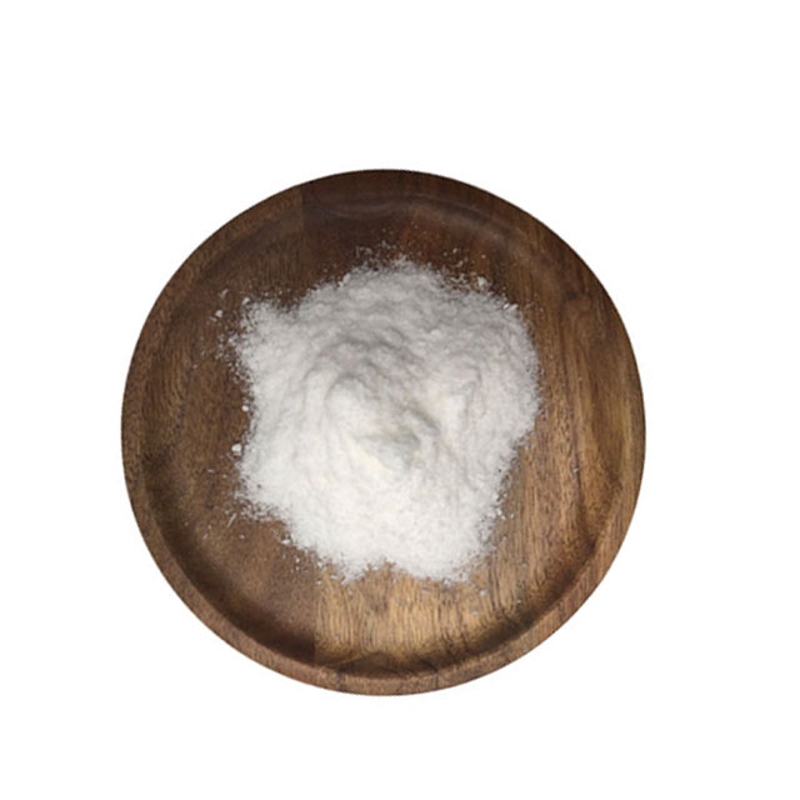-
Categories
-
Pharmaceutical Intermediates
-
Active Pharmaceutical Ingredients
-
Food Additives
- Industrial Coatings
- Agrochemicals
- Dyes and Pigments
- Surfactant
- Flavors and Fragrances
- Chemical Reagents
- Catalyst and Auxiliary
- Natural Products
- Inorganic Chemistry
-
Organic Chemistry
-
Biochemical Engineering
- Analytical Chemistry
- Cosmetic Ingredient
-
Pharmaceutical Intermediates
Promotion
ECHEMI Mall
Wholesale
Weekly Price
Exhibition
News
-
Trade Service
In the chemical industry, pitch, coal tar, and high-temperature materials play a vital role in various applications.
These materials have unique properties that make them ideal for specific processes and products in the chemical industry.
In this article, we will explore some of the most common applications of pitch, coal tar, and high-temperature materials in the chemical industry.
Pitch is a semi-solid form of carbon that is derived from the distillation of coal tar.
It is a viscous, black substance with a characteristic odor.
Pitch has a high carbon content and is used in a wide range of applications in the chemical industry.
One of the most common applications of pitch is in the production of carbon disulfide.
Carbon disulfide is a colorless gas with a characteristic odor.
It is used in the manufacture of a variety of chemicals, including vulcanized rubber, celluloid, and rayon.
Pitch is also used in the production of sulfuric acid, which is used in the production of fertilizers, detergents, and other chemical products.
Another application of pitch is in the production of creosote, a highly viscous, brownish-black liquid that is used as a wood preservative and as a source of chemicals, such as naphthalene and pyrolytic tar oil.
Creosote is applied to wood to prevent it from decaying and to protect it from insect infestations.
Coal tar is a byproduct of coal gasification and is a complex mixture of hydrocarbons.
It is a dark, viscous liquid with a strong odor.
Coal tar is used in a wide range of applications in the chemical industry.
One of the most common applications of coal tar is in the production of naphthalene, a white, crystalline solid that is used as a moth repellent, a veterinary medicine, and as a raw material for the production of other chemicals.
Coal tar is also used in the production of benzene, a colorless gas that is used as a solvent and as a raw material for the production of other chemicals.
Another application of coal tar is in the production of creosote, as mentioned earlier.
Creosote is a highly viscous liquid that is used as a wood preservative and as a source of chemicals.
High-temperature materials are used in the chemical industry for a variety of applications, including the production of chemicals and the processing of raw materials.
These materials are designed to withstand high temperatures and corrosive environments, making them ideal for use in chemical processes.
One of the most common high-temperature materials used in the chemical industry is graphite.
Graphite is a form of carbon that is widely used in chemical processes that require high temperatures.
Graphite is used as a catalyst in the production of chemicals, as a component of refractories, and as a lubricant.
Another high-temperature material used in the chemical industry is ceramic.
Ceramic materials are made from inorganic compounds, such as clay and sand, and are fired at high temperatures to create a hard, durable material.
Ceramic materials are used in a variety of chemical processes, including the production of catalysts, the processing of raw materials, and the manufacture of chemical products.
In conclusion, pitch, coal tar, and high-temperature materials play a vital role in the chemical industry.
These materials are used in a wide range of applications, including the production of chemicals, the processing of raw materials, and the manufacture of chemical products.
Pitch is used in the production of carbon disulfide and creosote, while coal tar is used in the production of naphthalene and benzene.
High-temperature materials, such as graphite and ceramic, are used in a variety of chemical processes to enhance efficiency, reduce costs, and improve the quality of chemical products.
The chemical industry relies heavily on these materials, and their applications continue to expand as new technologies are developed.







